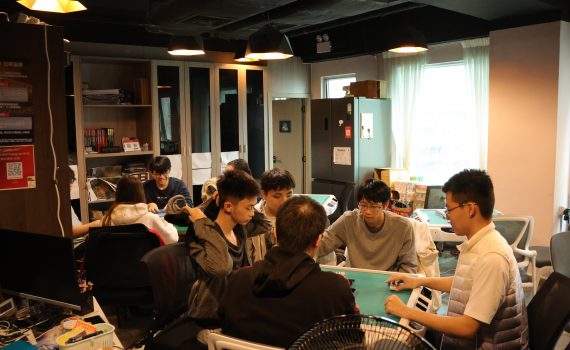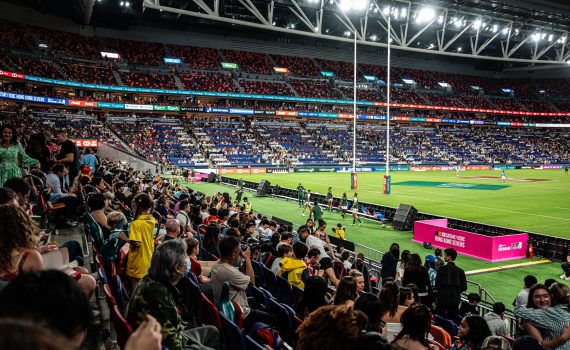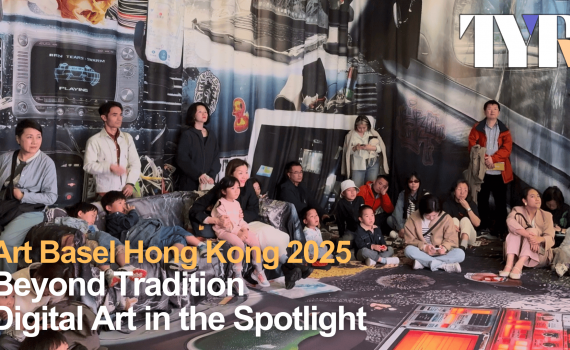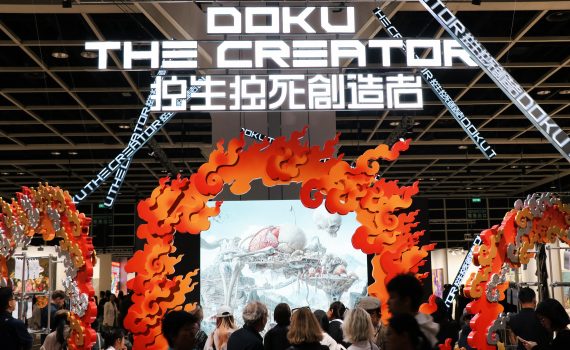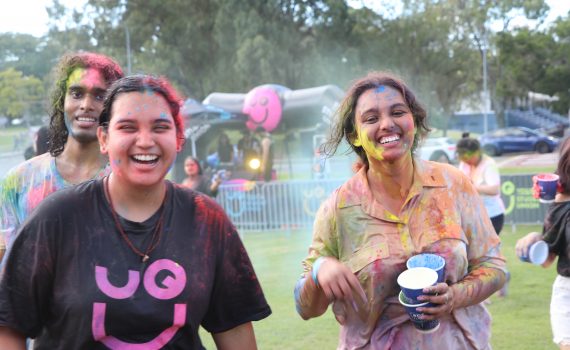Culture & Leisure
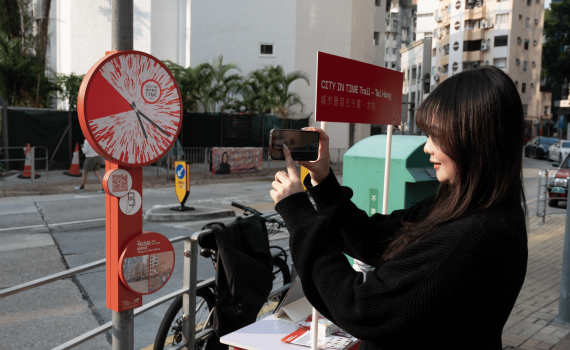
Augmented reality empowers locals to revisit cultural sites
- 2025-04-09
- Society
- By: CHAN Hiu Ying、Ruoyu LIEdited by: Chun Hei LUK
- 2025-04-09
A red clock has mysteriously appeared on street lamps at Tai Hang, allowing people to revisit and immerse in the past cultural events under an augmented reality project called “City In Time”. Jeffery Wang, 15, a secondary student, walked towards the red clock and scanned the QR code. Then a street scene of Tai Hang from the past appeared on his phone. By turning his phone around, he could see what the area looked like from different perspectives. “It is quite an innovative thing. I have only read about Hong Kong’s past in textbooks. City In Time has given me a unique experience to know more about Hong Kong culture,” he said. "City In Time" allows users to compare and experience historical scenes while standing in present-day surroundings at 39 designated locations around Hong Kong. “The AR technology, primarily used in games, now allows users to immerse themselves in real cultural events at the locations they are standing through this app,” said Wong Tsz-yan, 22, a programme promoter. “Such experiences are more realistic compared to some presentations through picture and text descriptions.” “Few people value Hong Kong’s culture anymore, especially its intangible aspects, and some of them are beginning to be lost,” Wong added. Wong hopes the government can do more to preserve local culture, for example, by raising public awareness on traditional handicrafts, so that they will not be forgotten. Richard William Allen, the project director of City In Time and the chair professor at the School of Creative Media at City University of Hong Kong, said that the project was initiated by the Tourism Commision in 2018. They aimed to develop more types of virtual tours and explore innovative ways to share Hong Kong's rich cultural heritage and environment with tourists and the public. “When this opportunity arose, …



